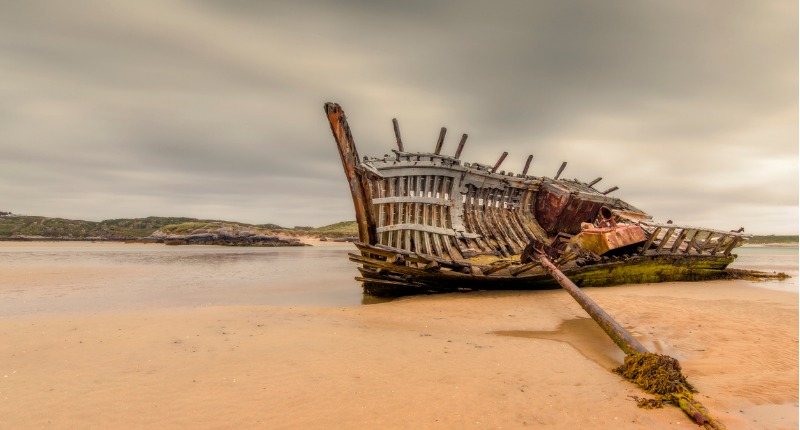The story of Robinson Crusoe, recounted in the epic adventure novel by Daniel Defoe, is a classic of English literature.
This timeless tale records the story of a man shipwrecked on a deserted island and his struggle to survive until he meets and befriends a local native, named Friday.
Defoe’s work has spawned a plethora of television and movie adaptations, and the novel remains a classic for new generations of readers. However, few readers realize that the story of Robinson Crusoe was actually inspired by true-life events.
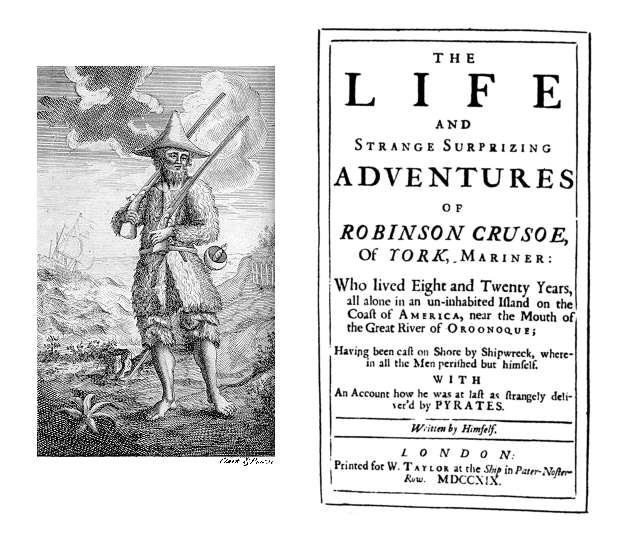
According to the Smithsonian Magazine, in October 1704, a skilled Scottish navigator named Alexander Selkirk found himself alone on a deserted island, 418 miles off the coast of Chile.
However he was not the unfortunate victim of a shipwreck, but rather an unsuccessful mutineer who had been abandoned on the island at his own request.
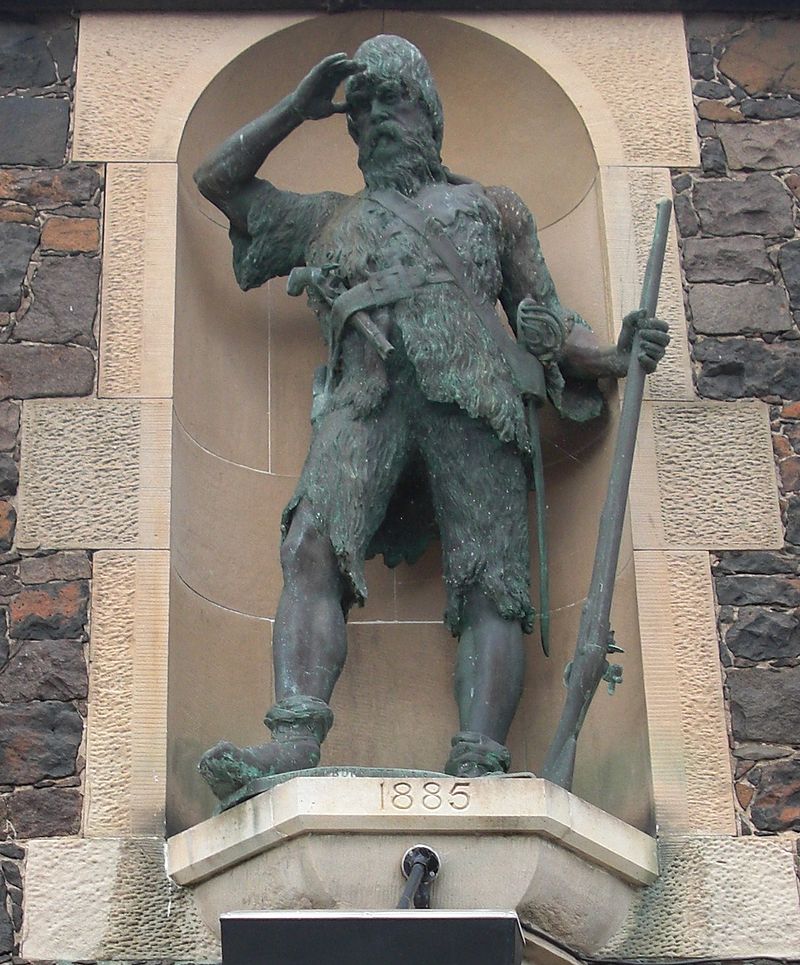
Selkirk was a notorious hothead who had developed a successful career as a privateer in South America, harrying Spanish ships on board the Cinque Ports.
According to biographer Robert Kraske, this was one of many armed merchant ships authorized to attack and plunder Spanish vessels and settlements in the Americas.
Conditions on board were often extremely poor, and ships like the Cinque Ports were frequently riddled with disease and lacking proper food and water.
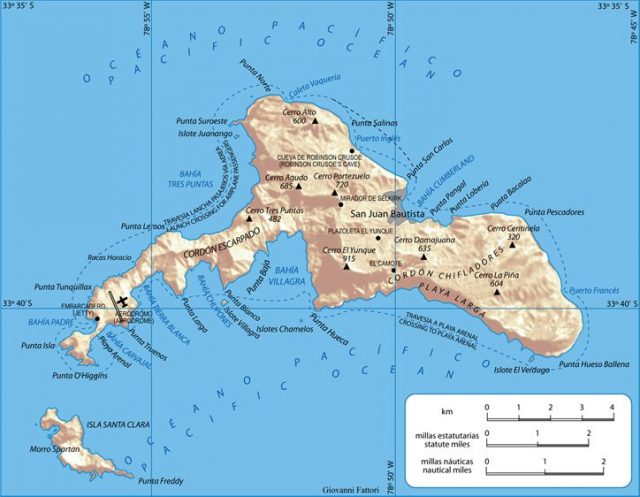
In September 1704, the young captain of the Cinque Ports stopped at the Juan Fernández archipelago off the coast of Chile to allow his crew time to rest and refuel.
Selkirk believed that the ship was not seaworthy, and wanted to stop long enough to undertake major repairs. When Captain Stradling refused, Selkirk declared that he would rather stay on one of the islands than depart on the rotting ship.
The two men had never seen eye-to-eye, so the young captain seized this opportunity to rid himself of a troublesome crewmember. He prepared to leave.
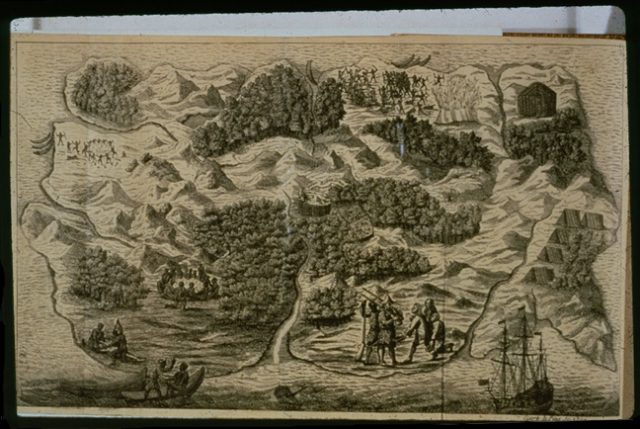
Selkirk had made his declaration in the hope that the rest of the crew would take his side, thereby orchestrating a mutiny, but to his disappointment, not one sailor moved to support him.
As Stradling and the crew rowed back to the ship, Selkirk waded back into the water, pleading with the captain to take him back. His remorse came too late, and Selkirk was left alone with only a musket, an axe, a cooking pot and knife, some bedding and a Bible.
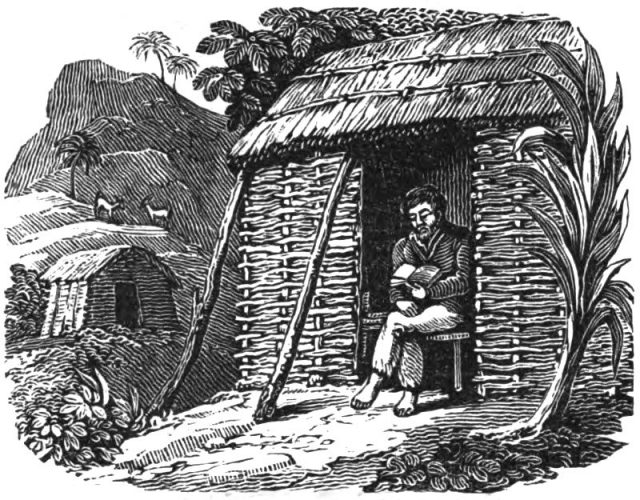
According to Smithsonian Magazine, the early months on the island were a terrifying experience. The noises of strange, fearsome creatures (elephant seals) howling and bellowing in the night meant that he enjoyed little rest. In addition to this, Selkirk later described the hundreds of hungry rats that would come and nibble his feet as he slept.
However, he soon learned how to survive, and built two cabins with wood he took from the island. He was able to catch fish, most notably the large crayfish that could be found in the surrounding seas.
He hunted goats and succeeded in making stews with turnip and cabbage palm, seasoned with black pepper that grew wild on the island.
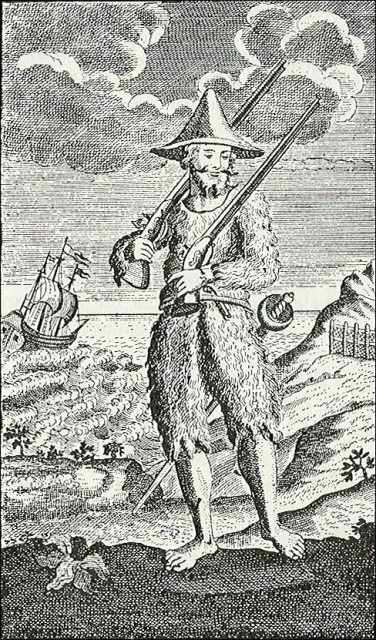
Selkirk was not completely alone. Spanish ships occasionally visited the archipelago, but they would not have responded kindly to an Englishman, and they were well known for torturing their prisoners.
According to Kaske, he once narrowly avoided capture by hiding in the canopy of trees, as Spanish sailors chatted and urinated directly below him.
His time on the island also gave him plenty of opportunity for reflection. He learned to control his anger and short temper, and began to rejoice in every moment of his life. Every day was a triumph of survival, and his gratitude began to grow as he rediscovered his abandoned Christian faith.
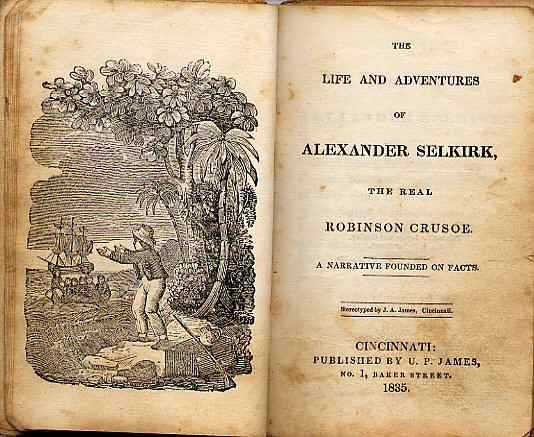
Finally, on February 2, 1709, Selkirk sighted a British ship, the Duke, and the crew came ashore and rescued him. The captain of the ship, Woodes Rogers, later described Selkirk’s appearance when he found him.
His face was almost hidden by an unruly beard; he was dressed in animal skins and had been for so long on his own that he had almost forgotten how to speak.
Selkirk discovered that he was eventually vindicated in his choice to abandon the Cinque Ports. Soon after he had been dropped off on the deserted island, the rotting ship had sunk off the coast of Peru, and the majority of the crew had been lost at sea or ended up in a Spanish prison.
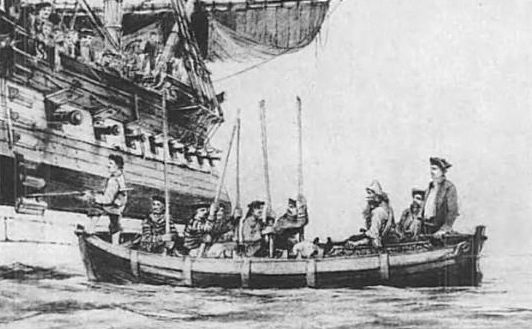
On his eventual return to England, Selkirk became a minor celebrity, and his story eventually inspired Daniel Defoe to write Robinson Crusoe.
He made a considerable profit on his two-year journey home on board the Duke, and went back to Scotland.
However, he could not settle, and a decade later decided to return to life on board ship. Life and wealth in the company of his fellow humans now seemed empty of meaning.
Indeed, Richard Steele, a essayist and playwright who wrote one of the earliest accounts of Selkirk’s remarkable adventures, quoted him as saying “I am now worth 800 pounds, but shall never be so happy, as when I was not worth a farthing.”
